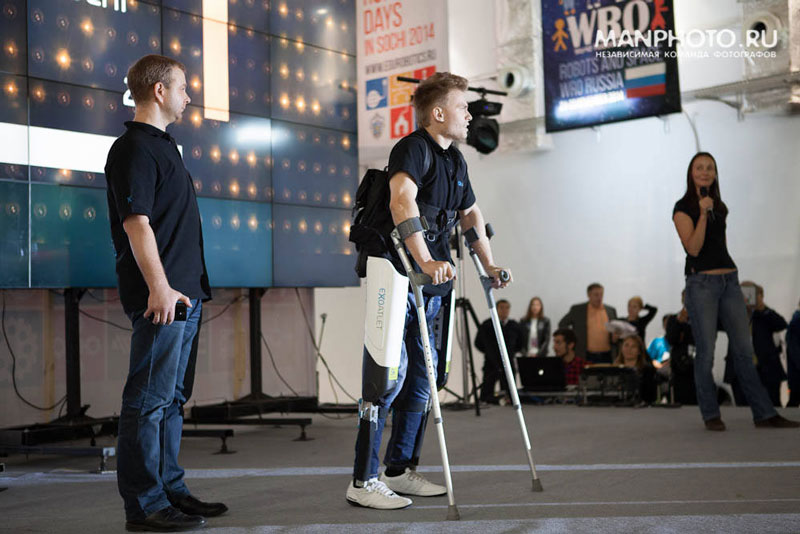![Robot-arm-factory_manufacturing_industrial]()
BCG research predicts that by 2025, adoption of advanced robots will boost productivity by up to 30 percent in many industries, and lower total labor costs by 18 percent or more in countries such as South Korea, China, the U.S., Japan, and Germany.
The use of advanced industrial robots is nearing the point of takeoff, a development that could power a new wave of productivity growth in many industries and lead to changes of up to 5 percentage points in the cost competitiveness of major export economies relative to the U.S., according to new research by The Boston Consulting Group (BCG).
The BCG study projects that investment in industrial robots will accelerate markedly over the next decade, from annual growth that now averages 2 to 3 percent to around 10 percent. As a result, the total cost of manufacturing labor in 2025 could be 16 percent lower, on average, in the world’s 25 largest goods-exporting nations than they would be otherwise. Depending on the industry and country, output per worker could rise by an estimated 10 to 30 percent over and above productivity gains that typically come from other measures.
The biggest gains in labor savings will occur in nations that are at the forefront of deploying industrial robots, such as South Korea, China, the U.S., Japan, and Germany. Manufacturing labor costs in 2025, when adjusted for normal inflationary increases and net of other productivity measures, are projected to be 18 to 33 percent lower in these economies when advanced robots are factored in. In China, one of the world’s largest markets for robots, greater use of automation could compensate for a significant part of the loss in cost competitiveness that is expected to result from rapidly rising factory wages and the growing challenge of finding manufacturing workers. Economies where robotics investment is projected to lag—and where low productivity growth is already a problem—are likely to see their manufacturing competitiveness deteriorate further over the next decade. Such nations include France, Italy, Belgium, and Brazil.
“As labor costs rise around the world, it is becoming increasingly critical that manufacturers rapidly take steps to improve their output per worker to stay competitive,” said Harold L. Sirkin, a BCG senior partner and coauthor of the firm’s series on the shifting economics of global manufacturing, introduced in 2011. “Companies are finding that advances in robotics and other manufacturing technologies offer some of the best opportunities to sharply improve productivity.”
The robotics study is part of ongoing research by BCG on the impact of advanced-manufacturing technologies, which also include additive manufacturing (known as 3-D printing), digital manufacturing, and the industrial Internet. In a recent survey of U.S.-based manufacturing executives at companies with sales of least $1 billion, 72 percent of respondents said that their companies will invest in additional automation or other advanced-manufacturing technologies in the next five years.
Although industrial robots have been used in factories for decades, robots currently perform only around 10 percent of manufacturing tasks, on average. By 2025, BCG estimates, the portion of tasks performed by robots will near 25 percent for all manufacturing industries worldwide.
A confluence of forces is likely to power the robotics takeoff in many industries in the near term. One is declining cost. For example, the cost of an advanced robotic spot welder has plunged 27 percent, from an average of $182,000 in 2005 to $133,000 in 2014—and the price is forecast to drop by a further 22 percent by 2025. At the same time, the performance of robotics systems (their speed and flexibility, among other attributes) is likely to continue improving by around 5 percent each year. The combination of price and performance improvements will greatly accelerate the time it takes for robots to become more cost effective than labor in many industries.
Advances in vision sensors, gripping systems, and information technology are driving this improvement in price and performance, making robots smarter, highly networked, and immensely more useful in a wider range of applications.
“For many manufacturers, the biggest reasons for not replacing workers with robots have been pure economics and technical limitations,” said Michael Zinser, a BCG partner who coleads the firm’s Manufacturing practice. “But the price and performance of automation are improving rapidly. Within five to ten years, the business case for robots in most industries will be compelling, even for many small and midsized manufacturers.”
As robots become more affordable and easier to program, smaller manufacturers will use them on a wider scale. This will greatly expand the market for robots and integrate them more deeply into industrial supply chains.
BCG estimates that manufacturers will begin to ramp up investment in robotics when the costs of owning and operating a system reach a 15 percent discount over the cost of employing a worker.
The inflection point for widespread robotics adoption will vary by industry and country, depending on factors such as wages, productivity, labor regulations, and the ease with which tasks can be automated. BCG estimates that manufacturers will begin to ramp up investment in robotics when the costs of owning and operating a system reach a 15 percent discount over the cost of employing a worker. In industries such as automotive manufacturing in the U.S., where it costs around $8 an hour to use a robot for spot welding compared with $25 for a worker, that point has already arrived—and the cost gap will widen considerably in favor of robots. Similarly, in U.S. electronics manufacturing, it costs around $4 an hour to use a UR5 robot for a routine assembly task compared with $24 for an average worker.
Manufacturers in some countries are currently installing robots much faster than in others. China, the U.S., Japan, Germany, and South Korea account for nearly 80 percent of robot purchases, a share that is likely to hold steady for the next decade. The competitive position of South Korea, which is the most aggressive adopter of robots given its labor costs, is expected to improve most dramatically relative to other leading export economies. Productivity-adjusted labor costs in South Korea are projected to be 33 percent lower in 2025, relative to what they would be otherwise, owing to advanced robotics—double the average cost reduction estimated across all 25 leading export nations. In Japan, Canada, the U.S., Taiwan, the UK, and Germany, the savings could amount to at least 20 percent based on expected investment and industry mix.
A number of countries, however, have been relatively slow to adopt robots. Some slow adopters, such as Mexico and India, are unlikely to lose much competitive ground, because their costs are forecast to remain low for the next decade. But there are also a number of high-cost economies that are lagging in robot use, largely because of inflexible labor laws that make it difficult to replace workers through automation. What’s more, several of these economies—such as Belgium, France, Italy, and Brazil—have already seen their competitiveness erode over the past decade relative to other export economies owing to rising costs and low productivity growth.
![made_in_america_Book_cover]() “It’s ironic that in some countries where economic logic suggests that manufacturers should urgently convert to automation, they have instead been among the slowest to do so,” noted Justin Rose, a BCG partner and coauthor, along with Sirkin and Zinser, of The U.S. Manufacturing Renaissance: How Shifting Global Economics Are Creating an American Comeback (Knowledge@Wharton, 2012). The BCG projections indicate that these economies are likely to see their cost competitiveness decline even further if nothing is done to address this trend.
“It’s ironic that in some countries where economic logic suggests that manufacturers should urgently convert to automation, they have instead been among the slowest to do so,” noted Justin Rose, a BCG partner and coauthor, along with Sirkin and Zinser, of The U.S. Manufacturing Renaissance: How Shifting Global Economics Are Creating an American Comeback (Knowledge@Wharton, 2012). The BCG projections indicate that these economies are likely to see their cost competitiveness decline even further if nothing is done to address this trend.
Adoption will also vary by industry. The transportation equipment, computers and electronics, electrical equipment, and machinery industries are expected to account for around 75 percent of advanced robotics installations through 2025. By that time, robots should be able to handle 40 to 45 percent of manufacturing tasks in these industries. Adoption will be slower in industries such as food products, plastics, fabricated metal, and wood products, where many tasks will remain difficult to automate and wages are relatively low. Thanks to technological advances, however, robots are making greater inroads in these industries as well.
“Regardless of whether it’s time to invest in next-generation robots, manufacturers everywhere should start preparing,” added Sirkin. “They need to understand how costs and automation technologies are changing in their industries and what their competitors are up to. They also need to start training their workforces for new skills. The coming robotics revolution could significantly reshape the global manufacturing landscape.”
A formal BCG report containing the findings will be published later this year on the firm’s publishing portal, www.bcgperspectives.com.
If you liked this article, you may also be interested in:
See all the latest robotics news on Robohub, or sign up for our weekly newsletter.
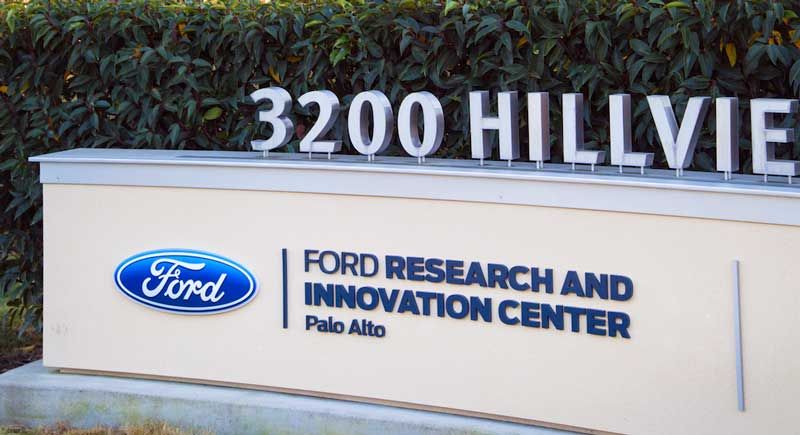 Silicon Valley and the whole San Francisco Bay area have such an abundant talent pool that global companies and startups alike are setting up research labs and offices there to secure engineering and programming expertise.
Silicon Valley and the whole San Francisco Bay area have such an abundant talent pool that global companies and startups alike are setting up research labs and offices there to secure engineering and programming expertise.
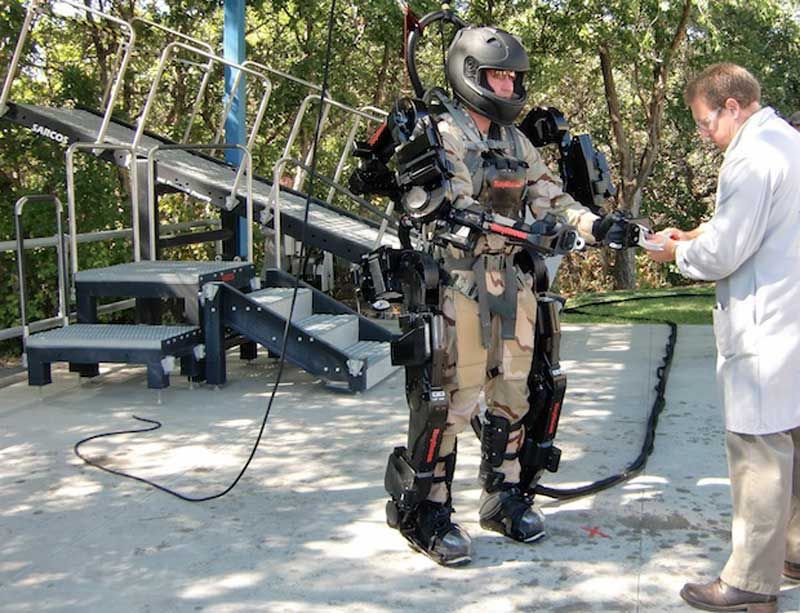


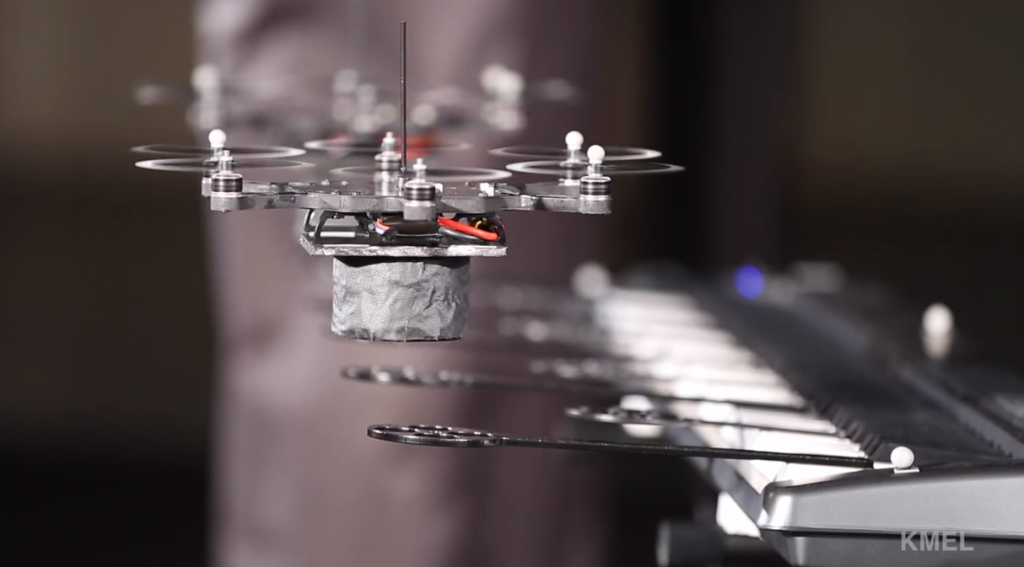
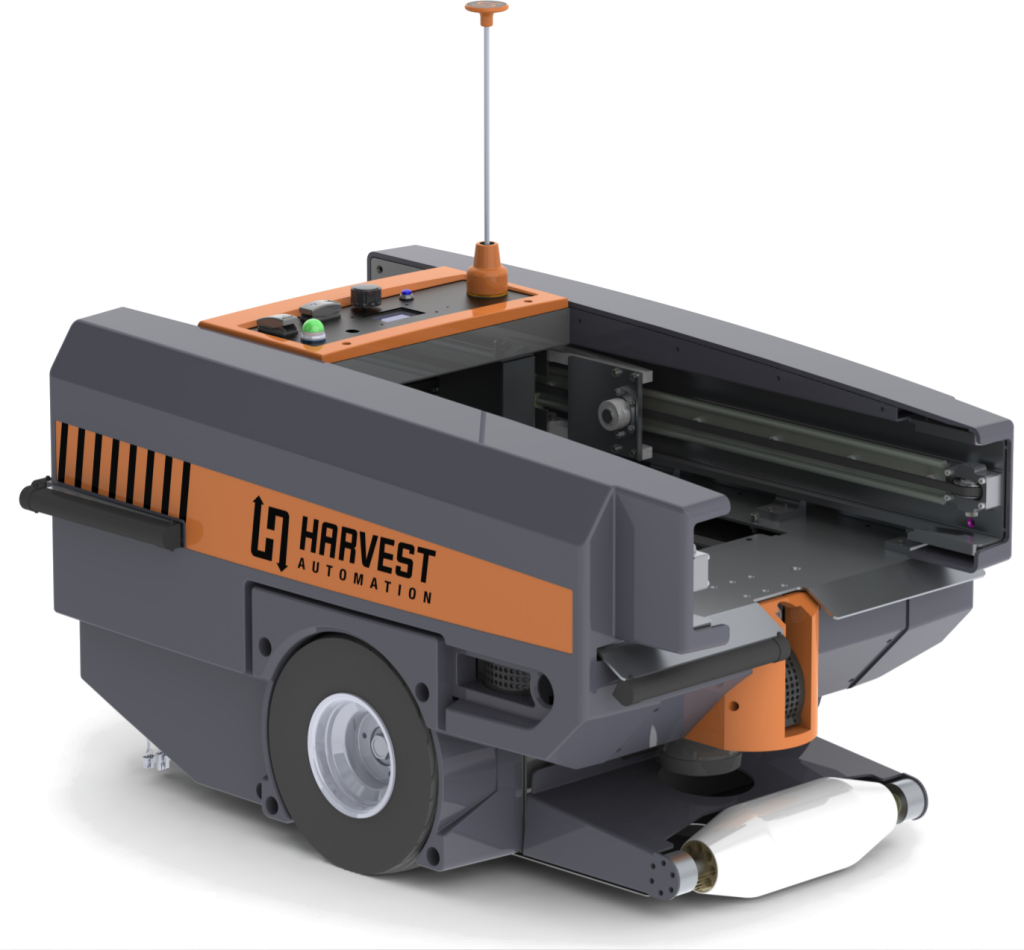
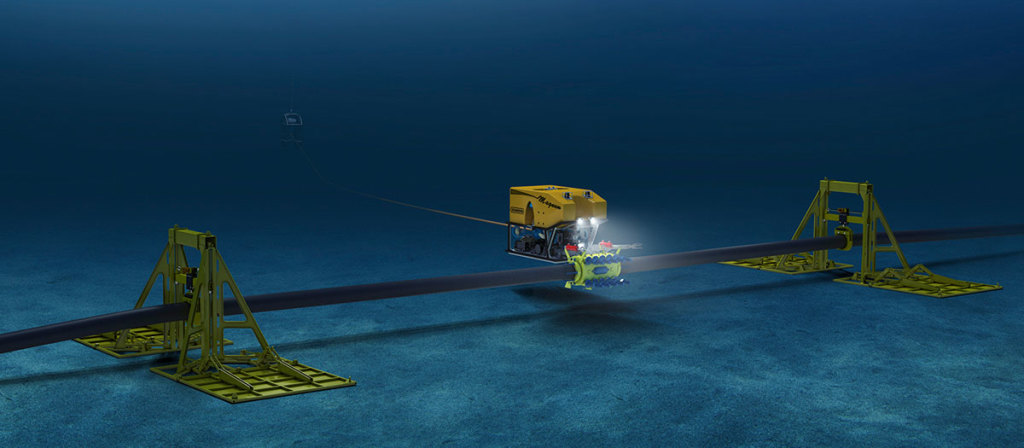
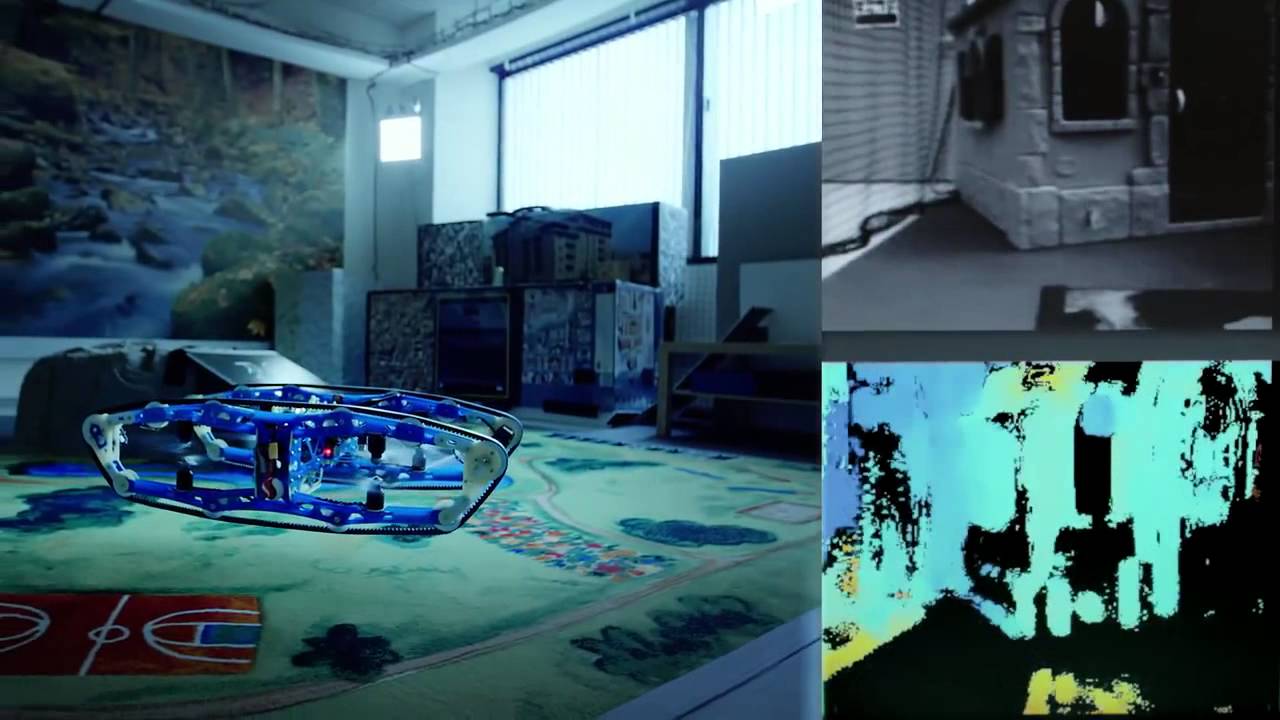
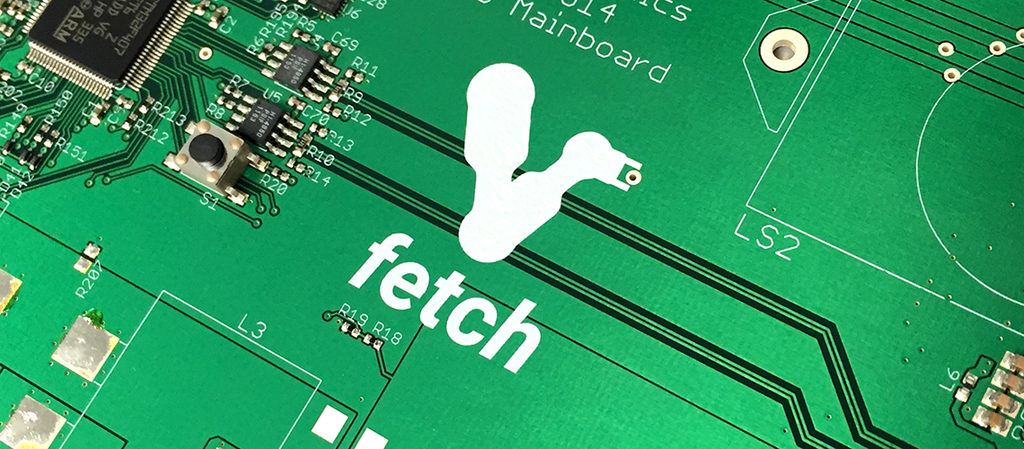
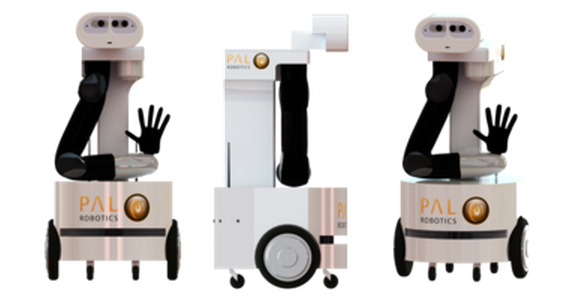
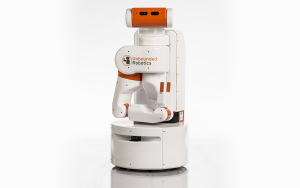 Firstly, Fetch Robotics is not Unbounded Robotics, and the robots will be different (although Melonee Wise is now the CEO of Fetch Robotics and the core robot building team is the same). Unbounded Robotics ceased operation in 2014 just prior to marketing the UBR-1 (pictured). Where the UBR-1 was like a smaller version of Willow Garage’s PR2, the new robot(s) from Fetch Robotics will have separable base and arm(s). More information will be available in Q2 2015.
Firstly, Fetch Robotics is not Unbounded Robotics, and the robots will be different (although Melonee Wise is now the CEO of Fetch Robotics and the core robot building team is the same). Unbounded Robotics ceased operation in 2014 just prior to marketing the UBR-1 (pictured). Where the UBR-1 was like a smaller version of Willow Garage’s PR2, the new robot(s) from Fetch Robotics will have separable base and arm(s). More information will be available in Q2 2015.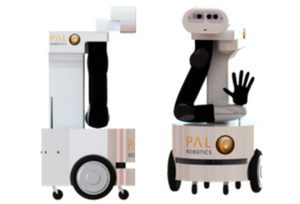 PAL’s Tiago is also modular, available as a base, as a base-and-arm package, and in other configurations. Tiago has a 7DOF arm capable of lifting a 3 Kg payload and a five-finger underactuated hand. Similar to the UBR-1, Tiago has a rising torso, USB and ethernet ports, and is also ROS compliant. The various Tiago combinations will cost between 30,000 and 60,000 euros.
PAL’s Tiago is also modular, available as a base, as a base-and-arm package, and in other configurations. Tiago has a 7DOF arm capable of lifting a 3 Kg payload and a five-finger underactuated hand. Similar to the UBR-1, Tiago has a rising torso, USB and ethernet ports, and is also ROS compliant. The various Tiago combinations will cost between 30,000 and 60,000 euros.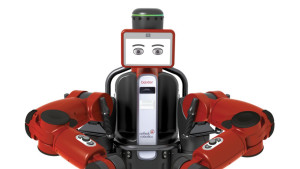 Baxter from Rethink Robotics is not autonomously mobile but you can add a wheeled base to your Baxter and push it around. And Baxter is definitely affordable at $25,000 USD, although the various gripper options are extra.
Baxter from Rethink Robotics is not autonomously mobile but you can add a wheeled base to your Baxter and push it around. And Baxter is definitely affordable at $25,000 USD, although the various gripper options are extra.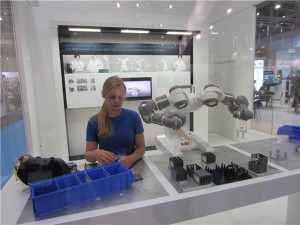 YuMi from ABB is another stationery dual armed collaborative robot, developed for small parts assembly, especially in the consumer electronics sector. YuMi is part of a total small parts assembly solution that includes adaptable hands, flexible parts feeders, force control sensing and vision guidance.
YuMi from ABB is another stationery dual armed collaborative robot, developed for small parts assembly, especially in the consumer electronics sector. YuMi is part of a total small parts assembly solution that includes adaptable hands, flexible parts feeders, force control sensing and vision guidance.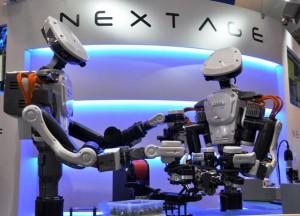 Nextage from Kawada has similar specifications to Baxter and YuMi (although only 6DOF in the arms), but with an additional 1DOF in the waist. Nextage has been designed to be wheeled from place to place in an assembly line and has a compact configuration.
Nextage from Kawada has similar specifications to Baxter and YuMi (although only 6DOF in the arms), but with an additional 1DOF in the waist. Nextage has been designed to be wheeled from place to place in an assembly line and has a compact configuration. Who knows for sure what Google is about to announce, although they have the IP and the experts to complete Redwood Robotics and Meka’s vision of an affordable lightweight compliant robot arm. They’re also well positioned to develop an autonomous mobile base.
Who knows for sure what Google is about to announce, although they have the IP and the experts to complete Redwood Robotics and Meka’s vision of an affordable lightweight compliant robot arm. They’re also well positioned to develop an autonomous mobile base.


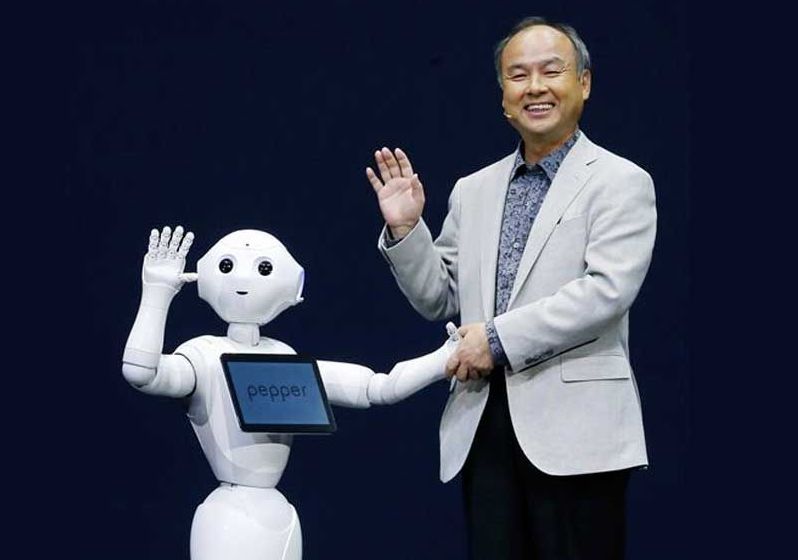
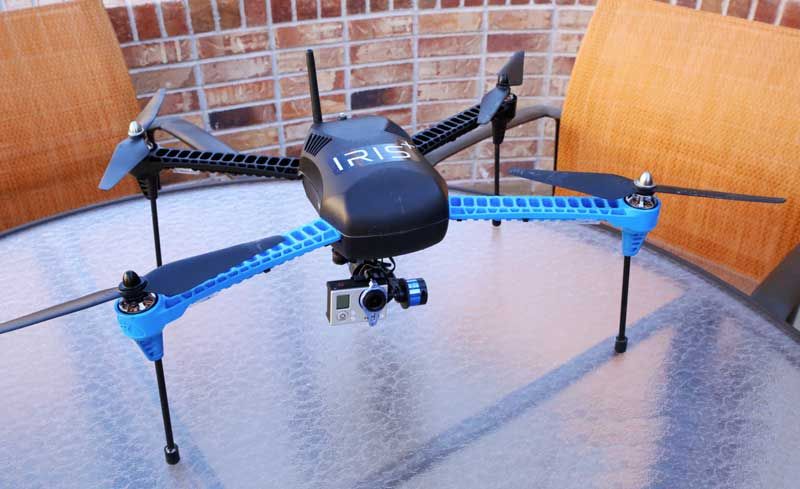 The $50 million Series C funding, mainly from Qualcomm, provides the basis for a tacit partnership between Qualcomm and 3D Robotics with a goal of leveraging the pace of innovation in the smartphone industry and extending it to the world of 3DR.
The $50 million Series C funding, mainly from Qualcomm, provides the basis for a tacit partnership between Qualcomm and 3D Robotics with a goal of leveraging the pace of innovation in the smartphone industry and extending it to the world of 3DR.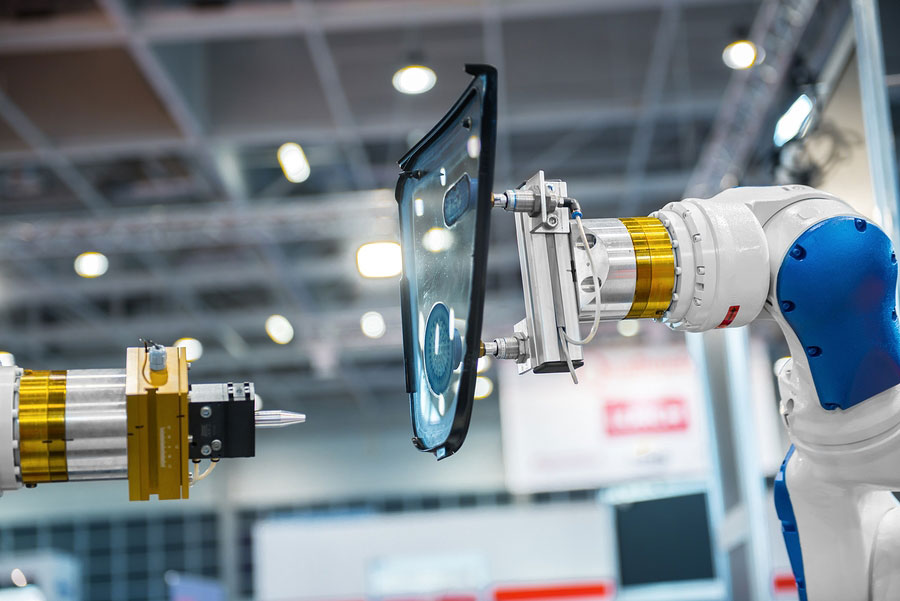
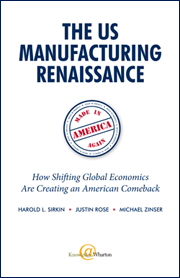

 Hansen Medical
Hansen Medical The company plans to apply similar ethical standards as it expands from rugged outdoor robots to industrial material handling robotics.
The company plans to apply similar ethical standards as it expands from rugged outdoor robots to industrial material handling robotics.







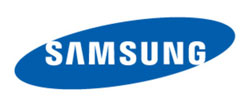


 senseFly
senseFly 